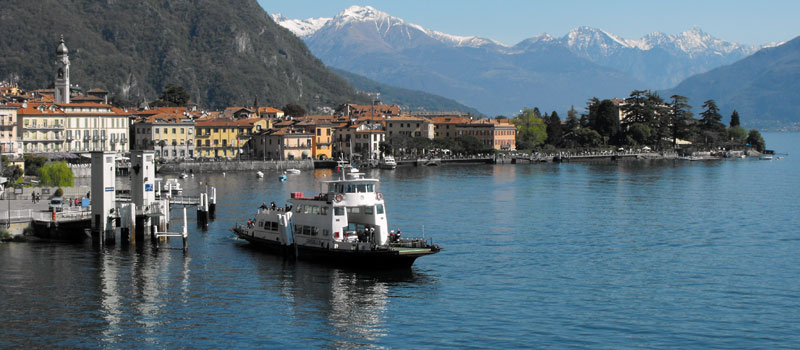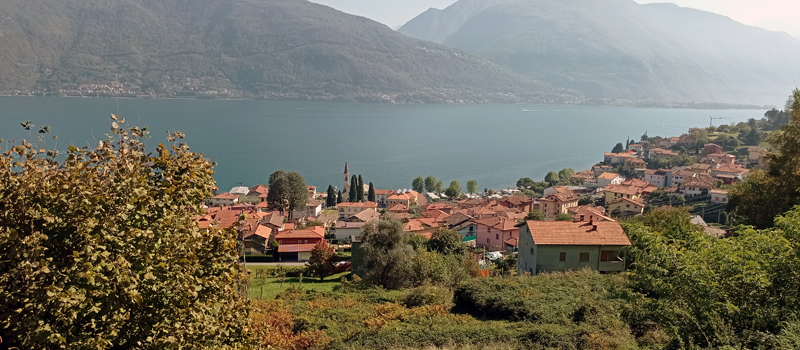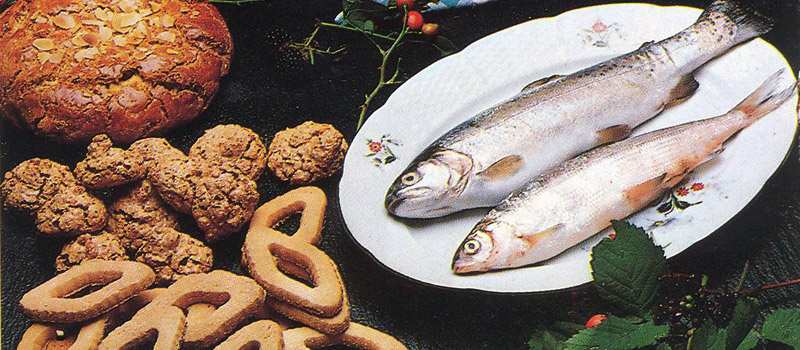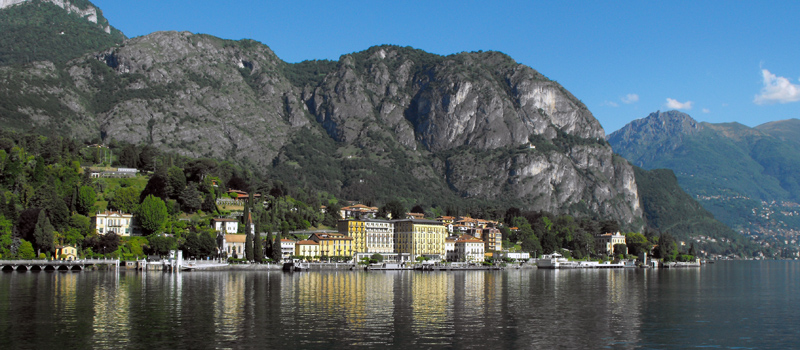
Menaggio is stretched across a small headland where the lake Como reveals itself in all its majesty. Its supply of receptive and sporting facilities is excellent, and the small harbour, often crowded multi-coloured boats is charming. During the ten year war, Menaggio fought against Como, underwent pillages and destructions in the 1400-1500s, after which the walls defending the village were knocked down.
Here was born the renowned sculptor Leone Leoni (1509-1590) inappropriately called the Aretino. Among the churches deserving mention is the polygonal Santuario della Madonna della Pace (Our Lady of Peace Sanctuary) (in the village of Nobiallo) built in 1660 in order to celebrate the Peace of the Pyrenees (1659), a phase of the Spanish decay.
Menaggio's particularly mild climate, ventilated by two local winds known as Breva and Tivano, and its optimal sunny position allows for a surprising and exotic flora along the lake shore, created at the beginning of the century, or in the parks of the numerous villas; the Retiche Alps and the Orobie Alpine foothills act as a beautiful frame. Menaggio draws a good part of its income from tourism and the tertiary sector; there are also textile and artisan industries, which are often based on centennial traditions, like that of silk and copper working.
Innumerable promenades of all lengths, all in a fascinating panoramic frame of lake Como, bring joy to the tourist's stay. We recommend the carriageway that goes up to Plesio and Breglia (785 mt.), where the panorama and the vegetation truly take your breath away thanks to its harmony and beauty, or up to the C.A.I. (Italian Alpine Club) shelter on Monte Grona at 1400 mt., a crossroads of paths going towards the Alto Lago (Upper Lake), the Valle Senagra (Senegra Valley) and the Cavargna valley.

In Pianello the International Museum of Vintage Boats is definitely worth a visit, set up in an old spinning mill which houses over four hundred boats that recount two millennia of nautical history here on Lake Como, a unique exhibition.
Pianello del Lario
Dried Shad (Agone), called Missoltini or Missultin, were at one time a precious food for inhabitants of Lake Como, the particular processing allowed them to be conserved for more than a year, excellent traditional Lake Como cuisine.
Lario Cuisine
In Griante stands the ancient church dedicated to Saints Nabore and Felice, while with a short excursion it is possible to reach the church of San Martino suspended on the homonymous stone in a splendid panoramic position.
Griante - Cadenabbia